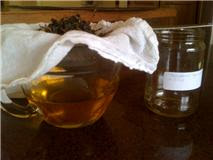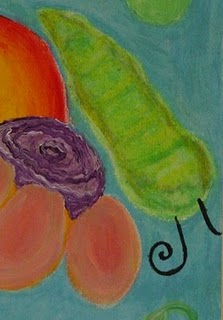


Red Clover (Trifolium pratense)typically doesn't grow in Texas, but it was growing on Maypop Farms. The blossoms are edible and have a neutral, sweet, and satisfying taste. They have an affinity for the salivary glands causing slight stimulation, which is helpful in quenching thirst (Wood 1997). The flowers can be dried or used fresh to make an herbal tea infusion. It's long been considered a blood cleanser and can be used to support the reproductive system and the liver. Since it works well in assisting detoxify the body, it has long been recommended to drink the tea in an effort to address troubled skin.
Red Clover is considered an alterative; when used over time on a regular basis helps alter the body in some way. In the case of Red Clover, it is said to alter the lymphatic system and helps the liver remove waste. Since it has an affinity to salivary glands and glands in general, it has been used to reduce swelling in glands and has been used to address salivary stones.
On a hike at the farm, we found a stand of red clover. Their leaves are very smooth and soft. They love growing in grasses and partly sunny areas. Once the blossoms were gathered, they were placed in jars to make into tincture. Pictured above is a glycerite tincture preparation using Simpler's method (compacting the plant material tightly in a jar then filling up with vodka or glycerin and shaken daily for two weeks). Seeing that I have a salivary stone myself...I'll be first in line to use this tincture in hopes of addressing the stone in my submandular gland.
Reference taken from Mathew Wood's "The Book of Herbal Wisdom: Using Plants as Medicine" 1997.













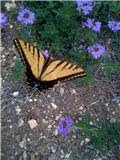







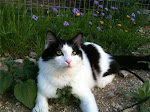

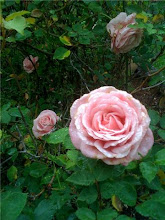
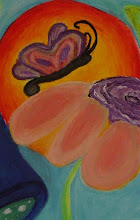
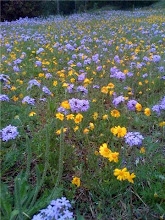+and+wildflowers+loving+the+field.jpg)


